Before beginning your roof installation, a professional roofing contractor will complete a thorough inspection of your home, including the interior, exterior, and any attic space or storage area.
These visual inspections help contractors uncover any other potential issues with your home that might affect a roofing system installation, and will give you added confidence in the integrity and safety of your home following the roofing project.
Below are some issues that can be encountered when preparing your roof for a new roofing system and installing your new roof. We have also included some tips for homeowners to make the installation go smoothly.
Improper Or Illegal Electrical Wiring
Sometimes, electrical wires not visible from living spaces or attic areas are only found after an old roof has been removed. This is a fire hazard, as any roofing work that is done could penetrate the wire’s insulation, trigger a short circuit and possibly a fire.
An experienced, knowledgeable, professional roofing contractor will be able to identify any issues with your wiring, and review any concerns with you so that you can choose a course of action that makes sense.
Carbon Monoxide Leaks
Carbon monoxide leaks can be a silent, but deadly, hazard. During the roof installation process, a professional crew will take every precaution available, but it is still possible for exhaust vents to shift or dislodge which could in turn cause a carbon monoxide leak.
As a homeowner, it is critical that you conduct a daily visual inspection of these exhaust vents, since only you have full access to your home during installation. You should also have a working carbon monoxide detector which will alert you to the presence of this odorless gas.
Children
A new roofing installation turns your home into a temporary construction site and can often stimulate the curiosity of children. It is important to keep children away from the work area at all times.
Work-related materials and equipment like metal flashing, nails, and ladders can present a hazard to children of all ages. Keep your children safe by reminding them of the possible dangers and supervising them at all times during the installation.
Pets
Because of the noise and presence of persons unknown to your pet, some pets find a roof installation very unpleasant. You may decide to board any particularly anxious pets with family, friends, or your vet for the duration of your installation.
Pools, Spas And Hot Tubs
Pools, spas, and hot tubs can be damaged by roofing debris. Professional roofing contractors tend to be aware of this risk, and will take measures to protect your outdoor water features, by covering your pool, spa or hot tub with poly propylene before the beginning of the installation.
Even with this precaution, small amounts of debris like sawdust may make their way in during excessive winds, so you may want to turn off your pumps during your installation. Be mindful that covered pools are also a child hazard, so be sure to monitor your children.
Noise, Debris And Dust
There is no way to completely avoid it, construction is noisy with all of the hammering and banging.
You may want to make plans to be away from your home during working hours to avoid the noise. Thankfully, the noise shouldn’t last for more than a few days (depending on the size of your home) and the end result is a beautiful, new roof.
Although you may be prepared for the noise and commotion during your roofing project, your neighbors may not. You can avoid any unpleasant confrontations by notifying your neighbors in advance of the disruption.
With early notice, neighbors can move their cars if necessary. A quality roofing company will clean up during and after the installation so your neighbors shouldn’t be inconvenienced by your renovation.
Most of the debris from a roofing project is from the roof removal itself. A professional roofing contractor will place trucks to catch debris as close to the roof line as possible so that they will minimize the chance of roofing debris from falling into your or your neighbor’s yard.
All of this activity is likely to cause some dust to fall through lighting, venting or any other ceiling openings. If anyone in your household has severe allergies or asthma, it is advised that they take precautions like staying out of the home during the work hours when the most dust is likely to be present.
Vibrations And Protecting Your Home’s Interior
The process of installing a new roof means people on your roof, which can in turn cause significant vibrations. You will hear and likely feel your professional installers on the roof of your home removing your old roof, moving materials around, hammering, sawing, etc.
Avoid falling object hazards or breakage by removing loose or fragile items from your home’s walls and shelves.
Because items mounted to your ceiling, like chandeliers and ceiling fans, can break and possibly cause cracks to form around them, it is advisable to take down whatever items you can.
If you own a multi-story home, ask your contractor whether items hung from your first floor ceilings may present a problem.
Exterior Home Protection
An experienced contractor can avoid any major damage and minimize any minor damage to the exterior of your home, with precautions like covering heating and cooling units, covering windows and designating a debris area to prevent damage to your yard.
Likewise, a good roofing installer will take steps to prevent gutter damage including using attachments to prevent their ladders from resting on your home’s gutters causing dents and scratches.
Be sure to choose an expert roofing installer, so you can avoid problems before they begin.
Access To Your Home
Before your roofing installation begins, it is generally advised that you clear one side of your driveway for the collection of your roofing materials. Likewise, in order to protect your vehicles, you should park all boats, RVs, cars and trailers away from the installation area to prevent damage. In order to properly clean up at each part of the installation, you will need to provide your installers with access to all areas of your yard. Make sure your gates are unlocked and any pets are secure.
Attic Entrances And Stored Items
There is no perfect solution to keep the items you store in your attic space pristine during the installation of a new roof. Although your roofing installers will clean debris from the attic and take care with your things, there is no sure-fire way to keep all dust and debris off stored items. Items that would be harmed by dust or debris or are substantially fragile should be removed during installation. Likewise, after your installation, open your attic entrance carefully in case any dust or debris remains.
Landscaping And Watering Systems
A professional roofing crew will take care to avoid disturbing your landscaping. To protect your lawn from the damage of people walking back and forth, it is wise to avoid watering and turn off any sprinklers a day or so before the installation begins. If you mow your lawn close to the beginning of the installation, it will make it easier for your installers to clean up any debris or materials in the grass. Likewise, overgrown trees can cause premature wear and tear on your roof. They also make installation more difficult and dangerous. If your trees require pruning, it is wise to do so prior to your roofing system installation.
Circuit Breakers
A professional roofing crew uses power tools and air compressors during your roofing project. Thus, they need to have access to electrical outlets. Often the roofers will use the garage circuits, but it is still possible that areas within your home might be on the same circuit. To avoid spoiled food or damaged computer equipment, take precautions with any sustained electrical devices. Likewise, make sure your roofing contractor has reliable contact information so that you can be contacted if a circuit breaker is tripped or if there are any other issues that need to be discussed.

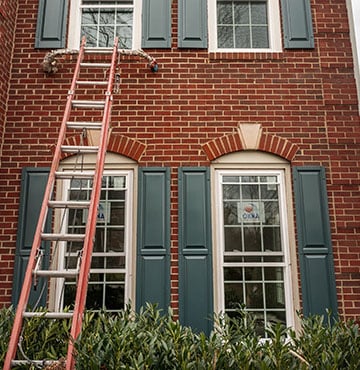
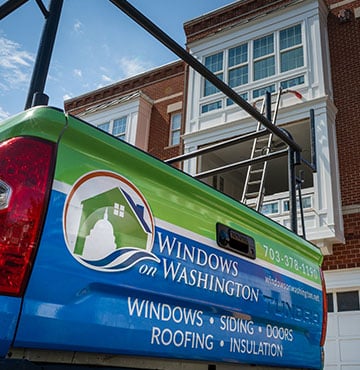
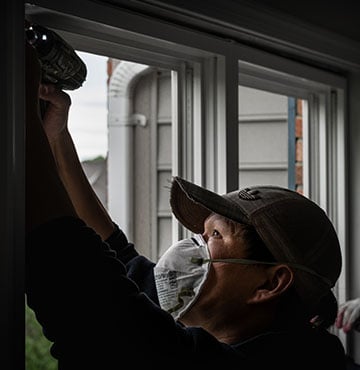
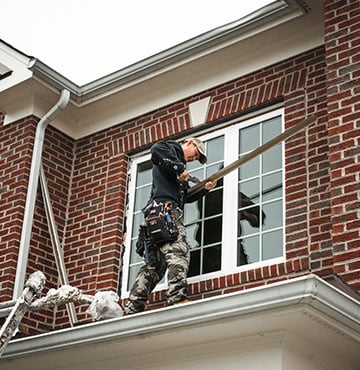



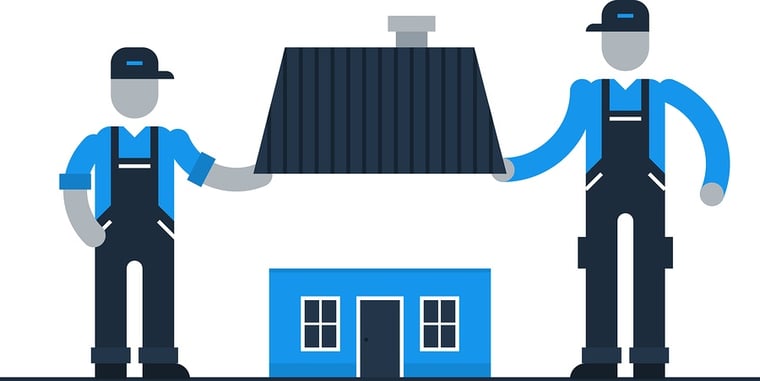


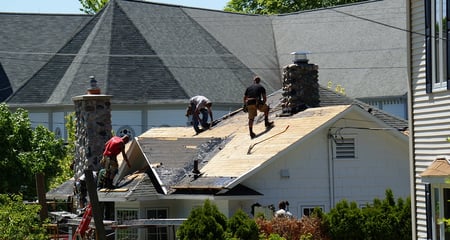
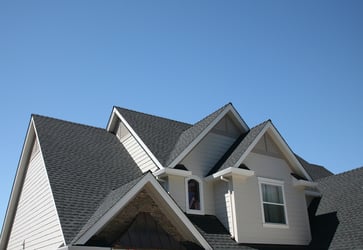

%20(720%20%C3%97%20510%20px)%20(500%20%C3%97%20500%20px)%20(300%20%C3%97%20300%20px)%20(400%20%C3%97%20400%20px)%20(700%20%C3%97%20700%20px)%20(480%20x%20550%20px).png?width=480&height=550&name=Untitled%20(860%20%C3%97%20860%20px)%20(720%20%C3%97%20510%20px)%20(500%20%C3%97%20500%20px)%20(300%20%C3%97%20300%20px)%20(400%20%C3%97%20400%20px)%20(700%20%C3%97%20700%20px)%20(480%20x%20550%20px).png)
Comments